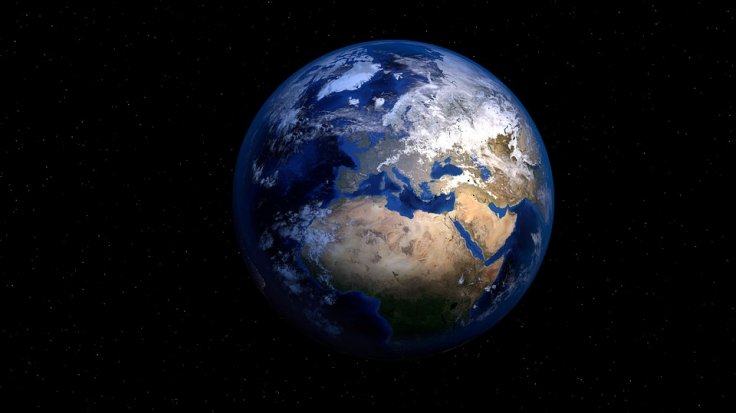
After analyzing the newly detected seismic waves known as J waves, a team of researchers at the Australian National University has confirmed that earth's inner core is solid, but little soft than previously thought. The research team comprised of Associate Professor Hrvoje Tkalčić and PhD Scholar Than-Son Phạm came to this conclusion because J waves is a particular type of vibrations that could only travel through solid objects.
"We found the inner core is indeed solid, but we also found that it's softer than previously thought. It turns out if our results are correct, the inner core shares some similar elastic properties with gold and platinum. The inner core is like a time capsule, if we understand it we'll understand how the planet was formed, and how it evolves," said Hrvoje Tkalčić, Science Daily reports.
Scientists initially predicted the solid nature of the earth's inner core around 80 years back. However, until now, experts were not succeeded in detecting the supposed J waves in the inner core, as they have a really small and weak amplitude.
But now, researchers at the Australian National University used correlation wavefield method and studied the similarities between the signals at two receivers after a major earthquake instead of direct wave arrivals. It should be noted that a similar technique was previously used by the researchers to measure the thickness of ice in Antarctica.
"Using a global network of stations, we take every single receiver pair and every single large earthquake, that's many combinations, and we measure the similarity between the seismograms. That's called cross-correlation, or the measure of similarity. From those similarities, we construct a global correlogram - a sort of fingerprint of the earth," added Hrvoje Tkalčić.
The study report substantiated the existence of J waves inside the earth's inner core, which in turn pointed that the inner shelf of the planet is solid.
The study team also believes that more studies on earth's inner core will provide crucial details regarding the generation and maintenance of the geomagnetic field which is very crucial to sustaining life on the earth.









